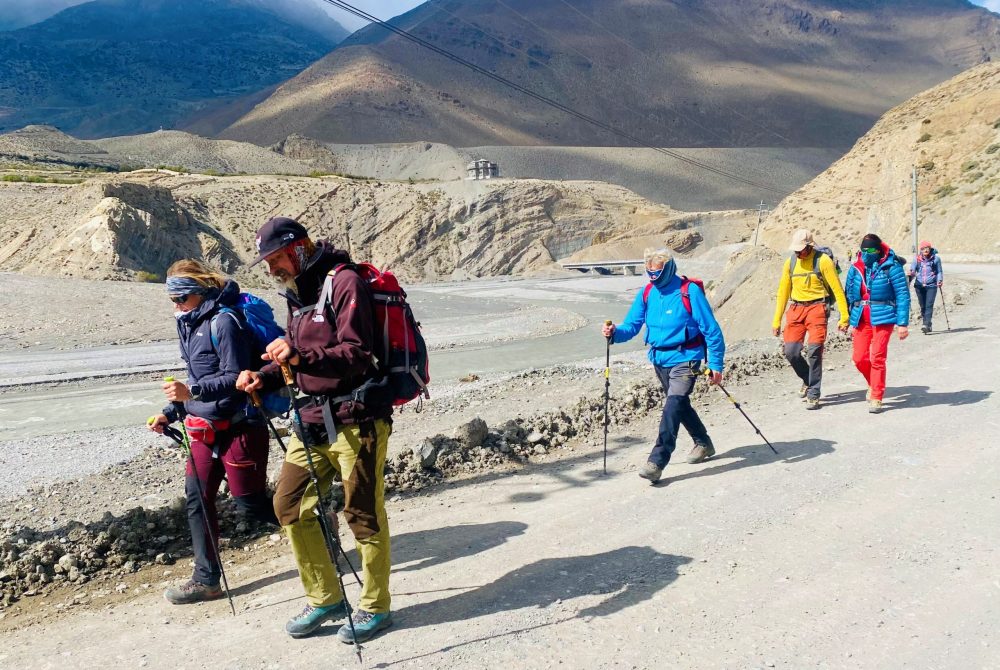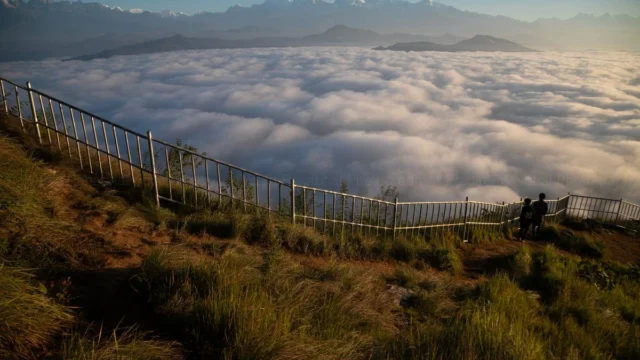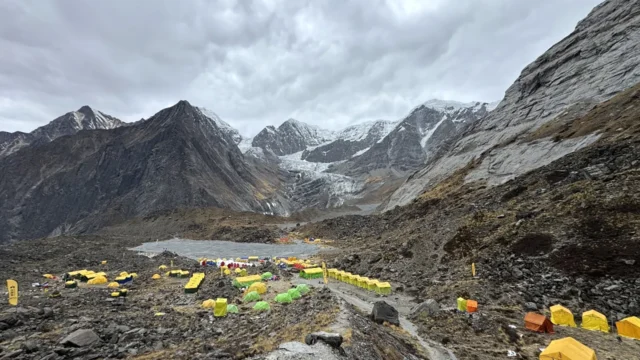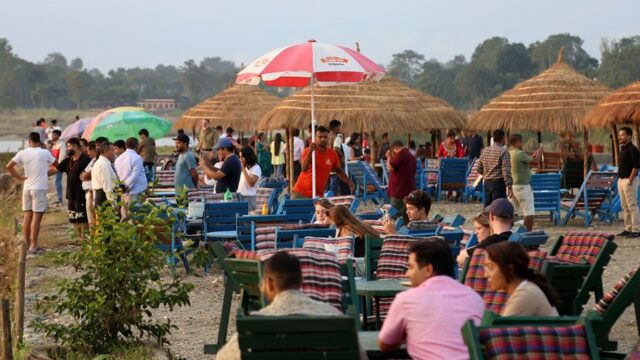In the past year, 21 tourists lost their lives due to altitude sickness while trekking and on pilgrimage in Mustang and Manang, Nepal. Among them were 11 Indians, two Malaysians, one Ukrainian, and one British national, along with six Nepali citizens. Most of these fatalities occurred in the Muktinath region of Mustang.
According to the Mustang District Police Office, the number of altitude sickness-related deaths has risen significantly, from 6 deaths in the fiscal year 2078/79 to 14 in 2079/80. Police Inspector Bishal Adhikari reported that 10 Indian pilgrims, three Nepali citizens, and one Ukrainian tourist were among those who succumbed to altitude sickness last year. He highlighted that the trend of increasing fatalities in the region is alarming, particularly among Indian pilgrims visiting the sacred Muktinath temple.
Tourist guide Diwas Gurung pointed out that the rapid ascent of Indian tourists from lower altitudes to Muktinath, often by vehicle, is a major factor contributing to altitude sickness. He emphasized the importance of acclimatizing by resting at lower elevations before ascending to higher altitudes. This issue is also prevalent among tourists visiting Tilicho Lake in Manang, another popular high-altitude destination.
Gurung advised that trekkers should avoid ascending more than 500 meters in a single day and should be physically and mentally prepared for high-altitude trekking. He also stressed that tourists should not undertake such treks alone, especially in remote and unfamiliar destinations. The presence of a guide can significantly reduce risks.
Mustang’s Muktinath temple is situated at an altitude of 3,710 meters, while Tilicho Lake stands at 4,919 meters. Proper acclimatization and gradual ascent are key to avoiding altitude sickness, according to Gurung. Additionally, he recommended that trekkers carry essential medicines and first-aid supplies, as symptoms of altitude sickness can appear at elevations as low as 3,000 meters.
Chief Medical Officer of Dhaulagiri Hospital, Dr. Ravi Ranjan Pradhan, explained that altitude sickness occurs due to a decrease in oxygen levels at higher altitudes, which can lead to fatal conditions such as pulmonary edema. He advised that travelers should immediately descend to lower altitudes if symptoms like headaches, nausea, or vomiting occur.
Dr. Pradhan also noted that some preventive medications are available, but immediate descent is crucial if symptoms appear. Failure to take timely action can lead to serious complications, including death. He further highlighted that foreign tourists, especially those visiting Muktinath and other high-altitude regions without proper acclimatization, are particularly vulnerable to altitude sickness.
In the Annapurna Conservation Area (ACAP), there have also been several instances of tourists losing their lives due to accidents and other health issues. Last year, three foreign tourists died after falling during treks, with incidents reported in Kaski, Manang, and Mardi Himal.
The rugged terrain and unpredictable weather in Manang pose significant risks for tourists and guides alike, according to ACAP’s Chief Protection Officer in Manang, Dhak Bahadur Bhujel. He urged travelers to carefully consider weather conditions and ensure proper guidance before embarking on high-altitude treks in the region.
Annapurna Conservation Area spread across 7,600 square kilometers and encompassing parts of Kaski, Lamjung, Manang, Myagdi, and Mustang, remains a popular destination for tourists due to its natural beauty, biodiversity, and rich cultural heritage. Last year, the area attracted over 222,180 foreign tourists, with a significant increase in visitors compared to the previous year.
However, the rising number of altitude sickness-related incidents underscores the need for greater awareness and precaution among trekkers and pilgrims visiting these high-altitude regions.






